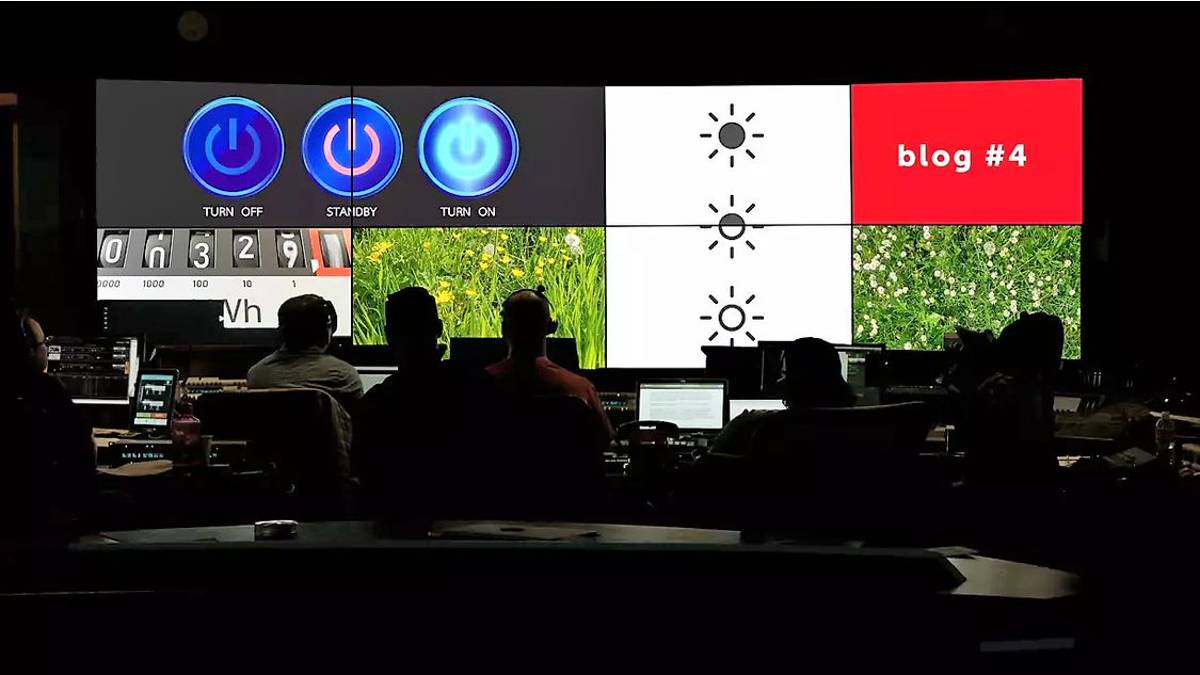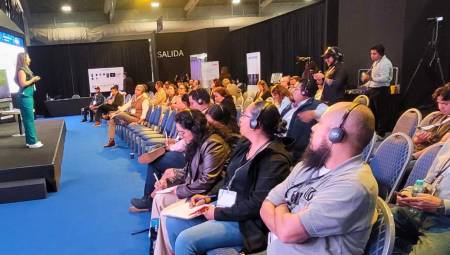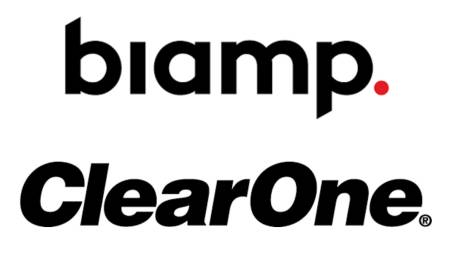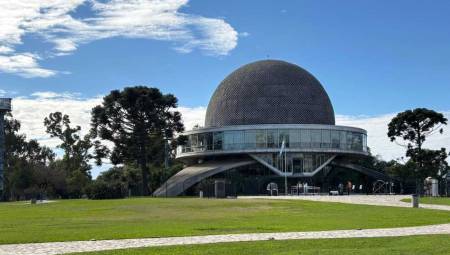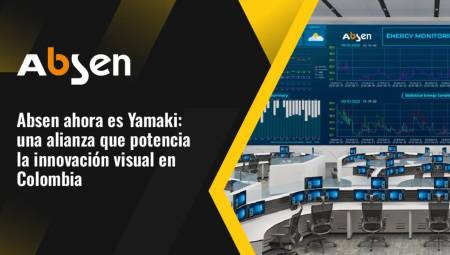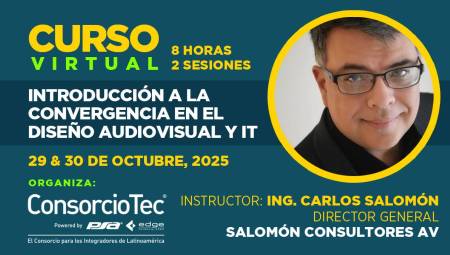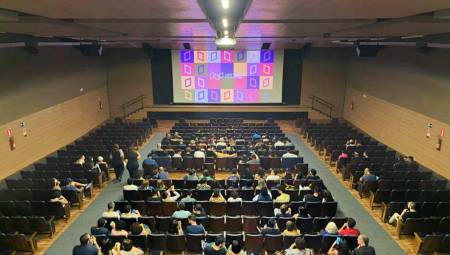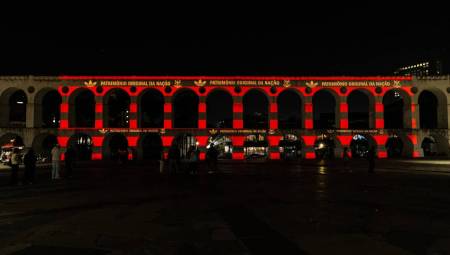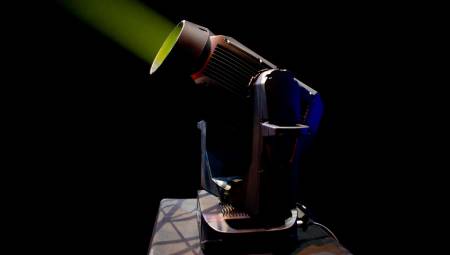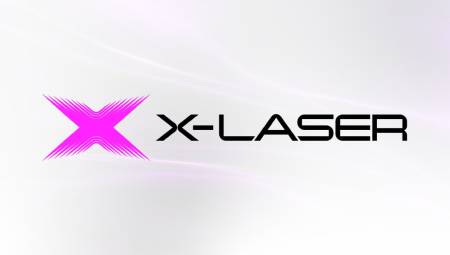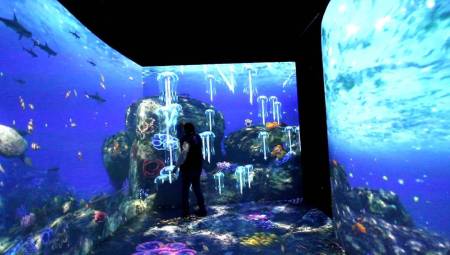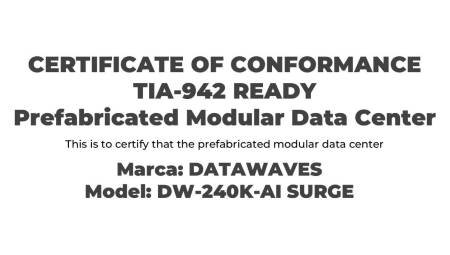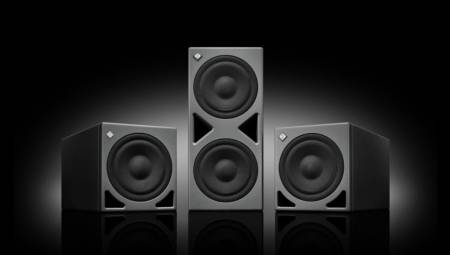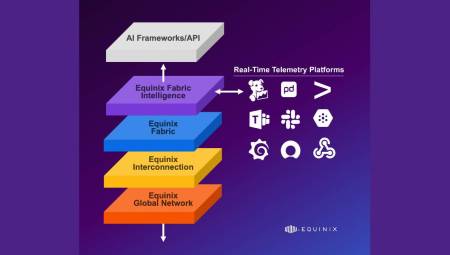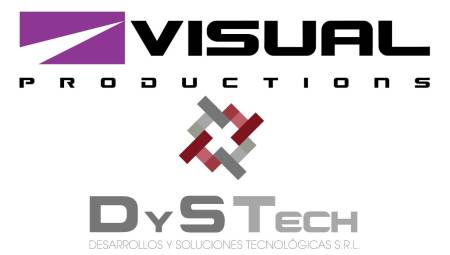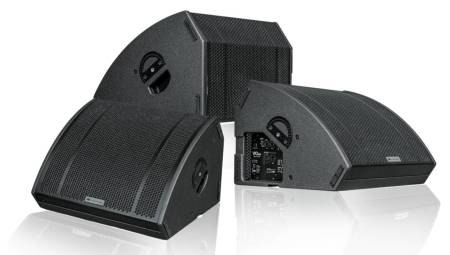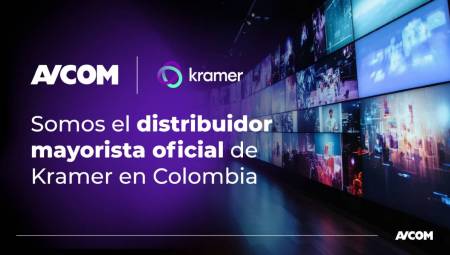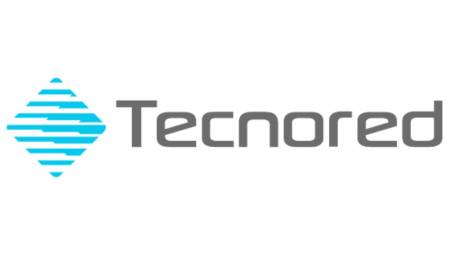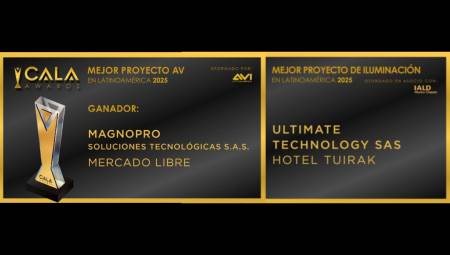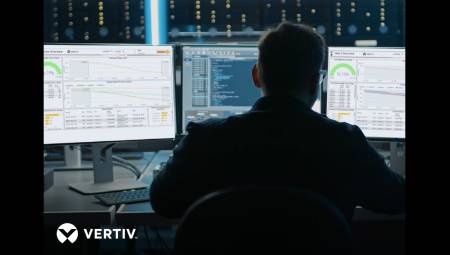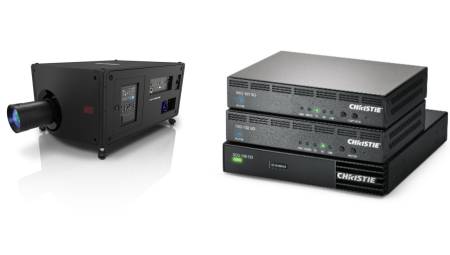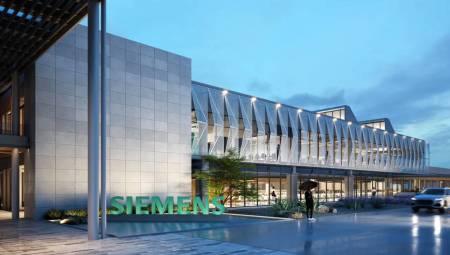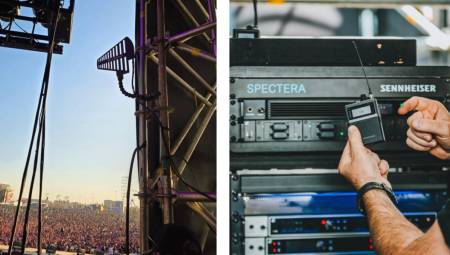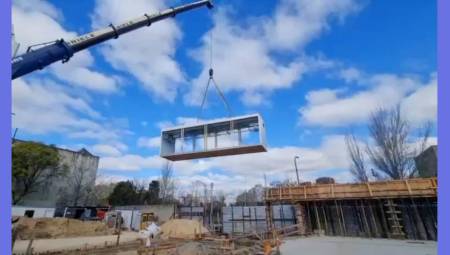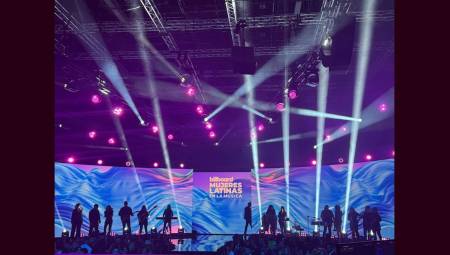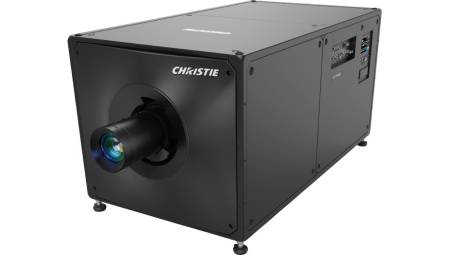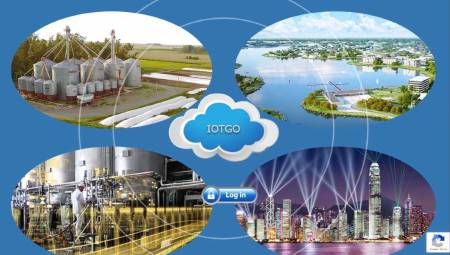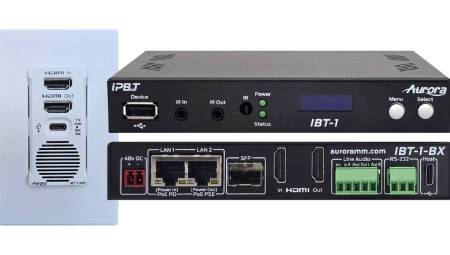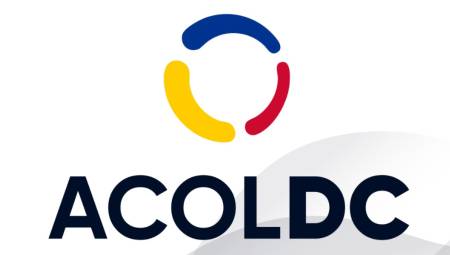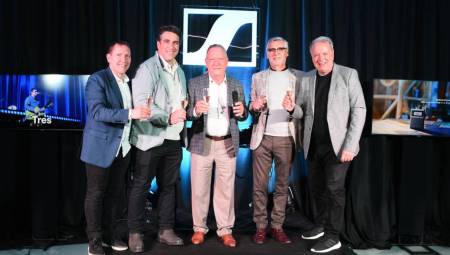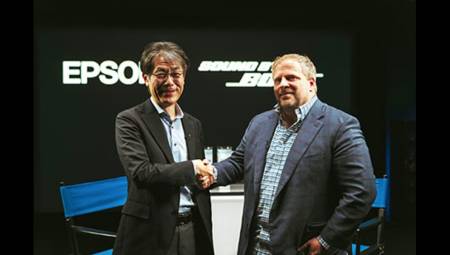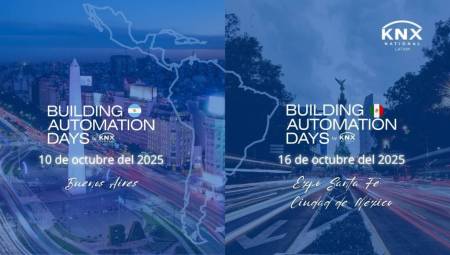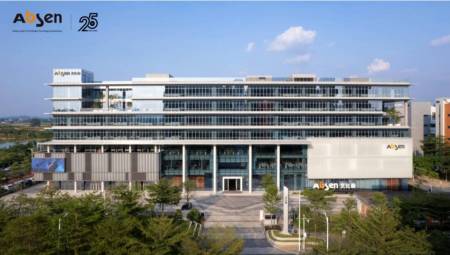Latin America. Currently, videowalls are an essential component for Control Rooms, as they give operators a clear and detailed view of crucial data and video sources to collaborate in making critical decisions; Although the technology developed to work 24/7, such as videowalls in a control room, implies a very high energy expenditure that many companies seek to cut as much as possible. For this, it is important to know how much is the energy consumption of the videowalls of your company.
There are several ways in which energy consumption can be minimized, according to the company Barco, it is important to always be careful that this does not affect your operation. Here are three ways to minimize the energy consumption of your chosen equipment to contribute to the sustainability of control rooms.
1. Implement the latest visualization technologies
Technology is constantly developing, so it's important to consider how old your equipment is in operation. Every year technological advances allow for ever greater energy savings. If you opt for a new direct view LED wall, it is worth investigating the existing options, as there is a substantial difference in ecological performance between the various models on the market. For example, Barco's TruePix are LED video walls designed according to Barco's eco-scoring methodology, based on very high quality standards.
"This not only means that some specific measures have been taken to minimize energy consumption, but also that the packaging has been optimized, the sustainability performance of the entire life cycle is taken into account and the use of hazardous materials is avoided. In this way, you get the best of display technology with less energy consumption.", said Manuel Navarrete Pérez, LVX Leader Latin America at Barco.
2. Adjust screen brightness
Using your videowall in high performance when it is not necessary, does not make sense, since it not only consumes much more energy than necessary at that time, but also affects the ergonomics of the operator by having to look at the bright screen for a long time, causing unnecessary fatigue in the user. At night, for example, lowering the brightness of the lights, both the videowall, and the artificial ambient lights, can be friendlier for those who work in the control room while reducing energy consumption.
"Keep in mind that many video walls were initially designed to operate with a high brightness (700 NIT, for example). However, these can be dimmed up to 250 NIT, but this tends to negatively affect image quality. Therefore, videowalls such as TruePix and its Infinipix Gen 2 image processor, work in any brightness condition, allowing a perfect image with a lower luminosity, "added Navarrete Pérez.
3. Turn off screens when not in use
And the third way to minimize your control room's energy consumption is simply: turn off video walls when not in use. Operators can do it manually when it is not essential that they are on, or it can be through an automated programming system that turns off the video wall during periods of low activity or when the control room is unoccupied.
Although this is a surprisingly simple measure, there are many organizations that choose to keep their video walls operational 24 hours a day, 7 days a week. Most of the time this is because the system takes a long time to boot up and be ready for use. "This can be solved by utilizing an 'active standby' mode, which ensures that the screen is online in the blink of an eye," said Manuel Navarrete.
In addition, be sure to check the power consumption in this standby mode. Sometimes, it is only a fraction of the wall in full operation, but some brands still consume up to 70% of the video wall fully on. "With its EcoPower standby mode patented by Barco, TruePix consumes 95% less power compared to the total black mode," said the leader for LVX Latin America in Barco.
Saving energy is not complicated
In conclusion, there are several measures that can be taken to reduce the bill for electricity consumption by using a videowall. Ideally, this should be part of the team's broader sustainability capabilities. Therefore, before purchasing one, the specifications of the product should be carefully checked. And in the case of energy consumption, for example, being a very strong variant, investing in a more efficient LED panel will amortize the cost in a few years.
In addition, packaging, the use of materials and the management of the entire life cycle must be taken into account. That is why Barco, keeping this problem in mind, has created the ecoscoring methodology, which identifies products certified in the most demanding sustainability standards.



